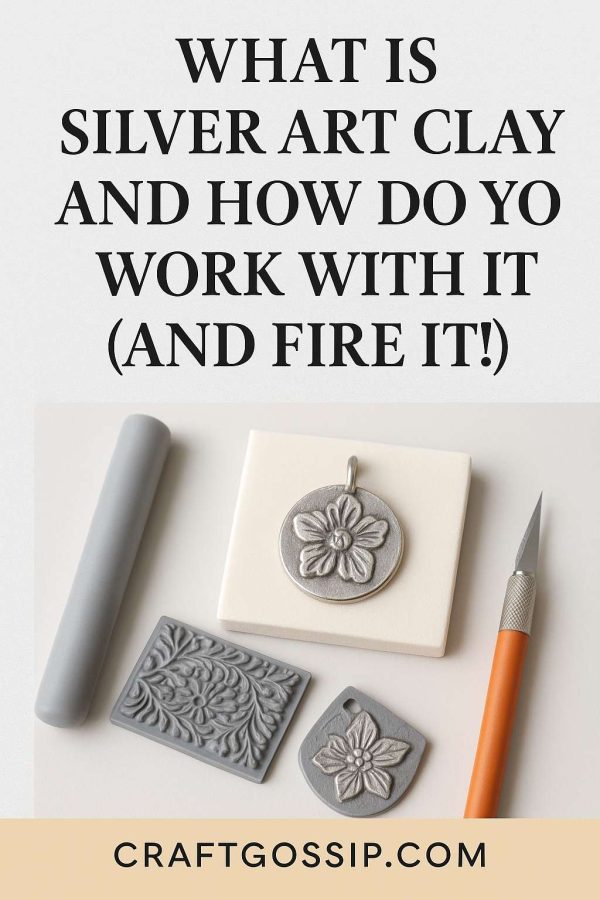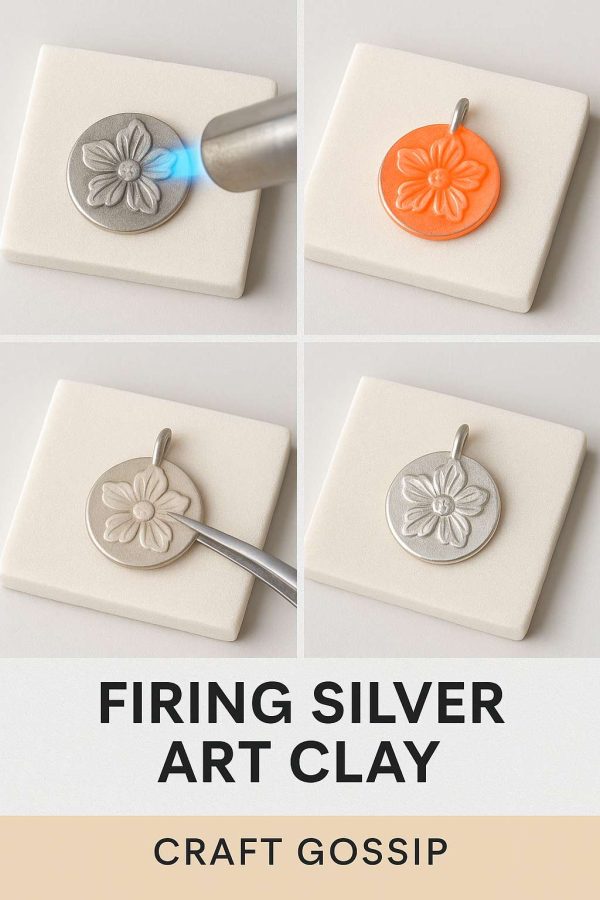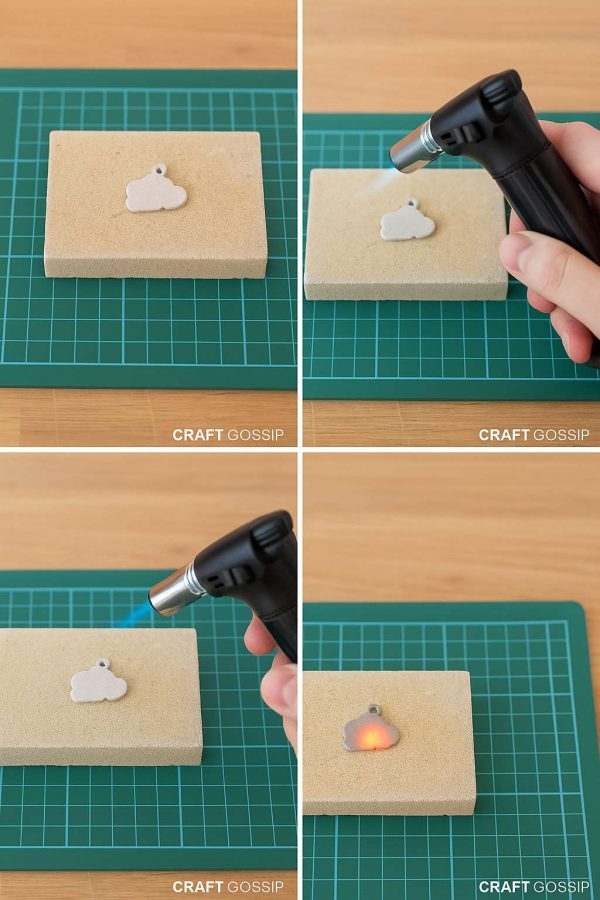
After a hectic week, it was a nice treat to open up my mailbox and see the April issue of “Polymer Cafe.” My first reaction upon perusing the cover was “cool!”
The Lantern Beads by Sophia Lenz are bold, colorful, and definitely have that “WOW!” factor. I read through the instructions, and feel confident that while it may take some practice to make them as sharp and stunning as Sophia’s beads, the article was clear and would lead to a successful project.
Sharon “Harry” Solly shares a painted mica technique originated by her guild mate Mary Lee Forsythe. This is one of those sweet and simple techniques that can be adjusted for a whole variety of looks. (And it’s shiny and sparkly, which are two of my favorite adjectives in conjuction with polymer clay!) I especially enjoyed the examples of this technique from the Blue Ridge Polymer Clay Guild in Asheville, North Carolina shown in the Reader’s Gallery. (The “home guild” of the author)
This issue also features lots of cool work submitted for the Mixed Media Challenge, a charming story about “nudging” your creativity by Christie Friesen, profiles about the President and Executive Director of the IPCA (International Polymer Clay Association,) and a touching and inspiring farewell from the former editor of “Polymer Cafe,” Connie Donaldson.
This issue seemed to be a bit heavy on jewelry projects, although techniques can always be used in other ways. With jewelry remaining a very popular item to make with polymer clay, there may be a lack of non-jewelry project submissions.
[tags]polymer cafe review, polymer clay magazine, april issue[/tags]



I’m one of those proud people who did Christi’s Nudge Story critters. I’m thrilled to be in PC Cafe! Thanks for the mention in Craft Gossip. I feel all glowy. luvjean from holland